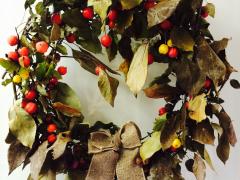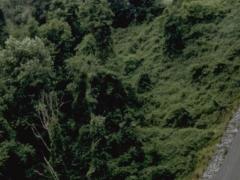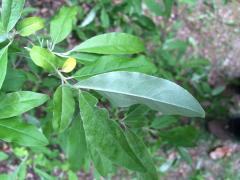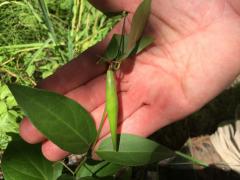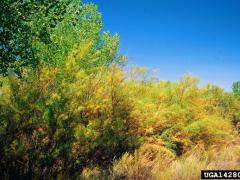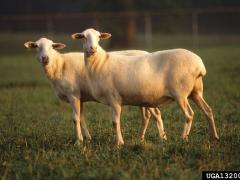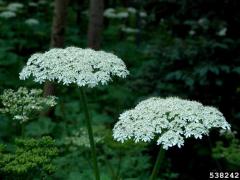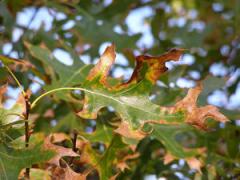Notes From the Garden: Pulling Up Invasive Plants Calls for New Devices
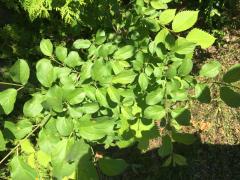
"Going for a walk the other day along a public trail I was struck by the number of invasive shrubs I saw. Most trees and shrubs have shed their leaves, but burning bush (Euonymus alatus), Japanese barberry (Berberis thunbergii) and honeysuckle (Lonicera spp.) still have leaves on their branches. Holding leaves and producing food by photosynthesis gives them extra energy to take over the world...
